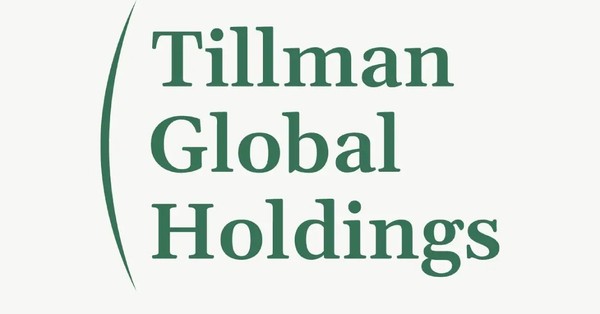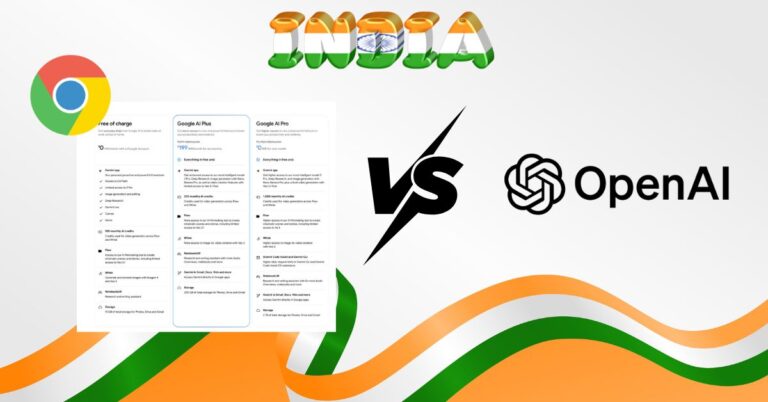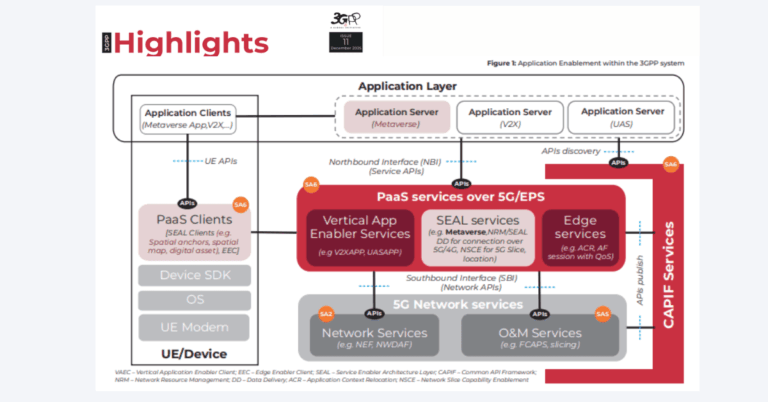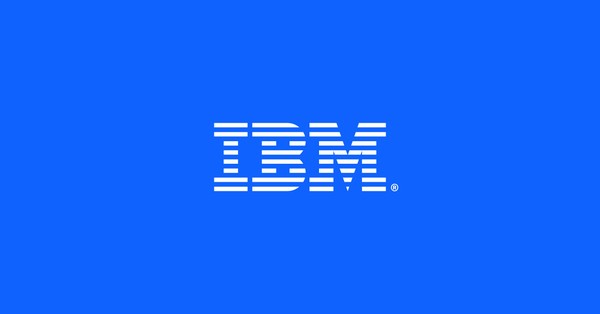Verizon partners with Eaton Fiber to expand FTTP and drive broadband–mobility convergence
Verizon signed a commercial agreement with Eaton Fiber, an affiliate of Tillman Global Holdings, to extend fiber-to-the-premises service well beyond its current Fios footprint and the locations it expects to add through its planned Frontier deal.
Capital-light FTTP model for rapid, flexible expansion
The structure is straightforward. Eaton Fiber will fund, build, and operate the local access network. Verizon will handle sales, marketing, and customer care and gain full residential retail exclusivity on the new builds during deployment and for a subsequent period. This shifts last-mile capex off Verizon’s balance sheet while preserving retail control and time-to-market advantages in target geographies.
The strategic importance of fiber for convergence and 5G
Fiber is the control point for converged services. Verizon’s mobility leadership depends on dense fiber for 5G transport and on premium fixed broadband for household share of wallet. By partnering with a wholesale-only FTTP builder, Verizon can pursue growth outside legacy wireline markets without waiting on greenfield construction timelines or municipal negotiation cycles.
Balancing open access with time-bound retail exclusivity
Eaton positions itself as an open-access platform for ISPs. Yet Verizon secured residential retail exclusivity over the new network for a defined interval. That balance lets the wholesaler scale with multiple tenants over time, while Verizon locks in early subscriber acquisition and brand presence. Details on commercial service access and post-exclusivity terms were not disclosed.
Verizon–Eaton Fiber agreement: scope, roles, and go-to-market
The partners outlined complementary roles, targeted outcomes, and a go-to-market posture—while keeping several specifics under wraps.
Roles, responsibilities, and operating model
Eaton Fiber will finance builds, deploy FTTP, and manage maintenance and installations. Verizon will package and sell services—primarily Fios-branded broadband—and support end customers. This division of labor is designed to scale quickly in new markets and reduce operational friction at launch.
Target markets and FTTP footprint expansion
The agreement aims to reach homes outside both Verizon’s and Frontier’s current FTTH footprints. Verizon highlights “ultra-fast, high-capacity” service, consistent with modern PON-based architectures and symmetrical gigabit-class tiers. Specific cities, passings, and activation timelines were not provided.
Retail exclusivity window and subscriber acquisition
Verizon receives full residential retail exclusivity over the new Eaton Fiber builds during the build phase and beyond for a defined period. That window improves marketing ROI, reduces churn risk at launch, and supports faster payback on subscriber acquisition costs.
Market context: convergence and neutral-host fiber change competitive dynamics
This deal sits at the intersection of carrier convergence strategies and the rise of neutral-host FTTP builders.
Convergence strategies across major operators
Verizon is not alone. AT&T and T-Mobile have also leaned into broadband–mobility convergence. T-Mobile, for example, has pursued fiber through partnerships and targeted acquisitions, while maintaining a national FWA footprint. The logic is common: anchor households with premium wireline, bundle mobile lines, and use shared transport to optimize 5G economics.
Neutral-host and open-access FTTP momentum
Wholesale FTTP players like Tillman affiliates enable ISPs to enter new markets without building the last mile. Open access can increase competition and utilization, which improves the investment case for dense fiber. Exclusivity periods give anchor retailers the confidence to invest in early demand creation.
Frontier deal context and Verizon’s fiber ambitions
Verizon has articulated ambitions to materially grow fiber passings over the next several years and has pointed to a potential expansion to tens of millions of locations. Supplementing organic builds with third-party networks can compress timelines and de-risk capital while integration planning proceeds.
Open questions on scale, timing, and access that impact ROI
Execution, scale, and timing will determine whether this agreement moves the needle or remains a proof point.
Build locations, passings, and schedule details
Neither party disclosed where Eaton Fiber will build for Verizon, how many serviceable addresses are in scope, or when services go live. For investors and partners, these are the metrics that determine revenue ramp, marketing cadence, and supply-chain planning.
Tenant model, exclusivity duration, and long-term access
It is unclear whether Verizon is an anchor tenant amid multiple ISPs or the first of several to onboard over time. The duration and scope of exclusivity—especially for commercial services—will shape competitive dynamics and wholesale utilization.
Integration, SLAs, and customer experience
Third-party construction, installation, and maintenance introduce handoffs. SLAs, trouble escalation, and inventory visibility need tight integration to preserve Verizon’s premium positioning. The playbook for unified provisioning and field operations will be a critical success factor.
Industry implications for carriers, ISPs, cities, and vendors
The agreement affects competitive positioning, procurement, and local broadband strategies.
Implications for Verizon
Capital-light FTTP access accelerates addressable market expansion and supports converged bundles. It also broadens fiber routes that can double as 5G transport. The trade-off is dependency on partner build velocity and maintenance quality.
Implications for competitors and other ISPs
Cable operators face fresh FTTP pressure in select markets. Other ISPs may still pursue wholesale access through Eaton where exclusivity allows. Expect more MNO–wholesale FTTP alignments as the economics of dense fiber improve and FWA growth normalizes.
Implications for municipalities and policymakers
Open-access builds paired with strong retail brands can accelerate competition and adoption. Clear right-of-way processes and predictable permitting will determine how quickly these networks light up.
Implications for vendors and integrators
Opportunities span PON systems, ODN components, OSS/BSS integration, customer premises equipment, and workforce augmentation. Emphasis should be on automation, zero-touch provisioning, and field quality to ensure first-time-right installs.
Key milestones to track next
Watch for concrete signals on scale, timing, and product design that indicate how fast Verizon can monetize the new footprint.
Build geography, passings, and pacing
City lists, construction starts, and quarterly passings will reveal the pace and sequencing of market entries.
Wholesale tenant mix and open-access interplay
Announcements of additional ISPs on Eaton Fiber will clarify how open access interacts with Verizon’s exclusivity in residential and whether commercial services remain multi-tenant from day one.
Product tiers, bundles, and pricing
Look for symmetrical gigabit and multi-gig tiers, bundled with mobile plans and value-added services like security, Wi-Fi management, and cloud storage.
5G transport and backhaul synergies
Expect Verizon to leverage new routes for small cell and macro backhaul, improving 5G capacity and latency in expansion markets.
Bottom line
Verizon’s partnership with Tillman’s Eaton Fiber is a pragmatic lever for rapid FTTP growth and a logical building block for broadband–mobility convergence, but its impact hinges on where, how fast, and at what scale the builds materialize.








































